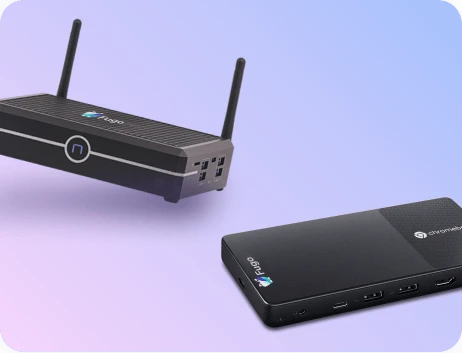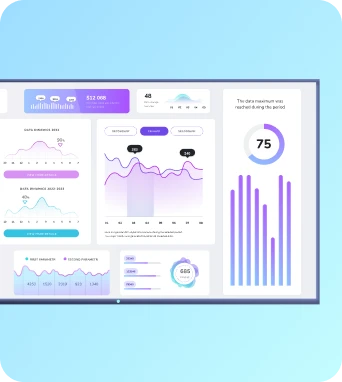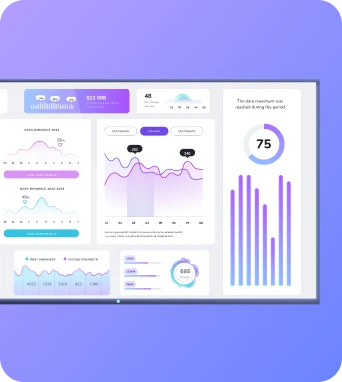Digital Signage Wiki/Deep-learning content optimization
3 min read
Mar 31, 2025
Deep-learning content optimization
Deep-learning content optimization refers to the use of advanced neural network algorithms to enhance and personalize digital signage content, ensuring it is more engaging and relevant to the audience.
What is Deep-learning content optimization?
Deep-learning content optimization is a cutting-edge approach in the realm of digital signage, leveraging the power of artificial intelligence to refine and tailor content for maximum impact. By utilizing deep-learning algorithms, this method analyzes vast amounts of data to understand viewer preferences and behaviors, enabling the delivery of highly personalized and engaging content. This technology not only enhances viewer experience but also increases the effectiveness of digital signage campaigns.
The Role of Neural Networks in Deep-learning Content Optimization
At the core of deep-learning content optimization are neural networks, which mimic the human brain's ability to learn and process information. These networks consist of layers of interconnected nodes, each responsible for processing input data and passing on the results to subsequent layers. In the context of digital signage, neural networks analyze data such as viewer demographics, engagement metrics, and environmental factors. This analysis allows the system to identify patterns and preferences, enabling the creation of content that resonates with the target audience. By continuously learning from new data, neural networks can adapt and refine content strategies, ensuring that digital signage remains relevant and effective over time. This dynamic approach not only improves content quality but also optimizes resource allocation by focusing efforts on the most impactful content variations.
Implementing Deep-learning Content Optimization in Digital Signage
The implementation of deep-learning content optimization in digital signage involves several key steps. Initially, data collection is crucial, as it provides the foundation for training neural networks. This data can include viewer interactions, demographic information, and contextual factors such as location and time of day. Once collected, the data is processed and fed into the neural network, which begins to identify patterns and insights. With these insights, content can be dynamically adjusted in real-time to better suit the audience's preferences. For instance, a retail store might use deep-learning content optimization to display different promotions based on the time of day or the demographic profile of the viewers present. This level of personalization not only enhances the viewer experience but also drives higher engagement and conversion rates. Additionally, the system can provide valuable analytics and feedback, allowing businesses to continuously refine their content strategies and maximize the return on investment from their digital signage efforts.
Final Thoughts on Deep-learning Content Optimization
Deep-learning content optimization represents a significant advancement in the field of digital signage, offering unparalleled opportunities for personalization and engagement. By harnessing the power of neural networks, businesses can deliver content that truly resonates with their audience, driving better results and enhancing the overall effectiveness of their signage campaigns. Learn more about Deep-learning content optimization – schedule a demo at https://calendly.com/fugo/fugo-digital-signage-software-demo or visit https://www.fugo.ai/.
Keep the learning going...
Decentralized signage management
Decentralized signage management refers to a system where the control and management of digital signage networks are distributed across multiple locations or departments, allowing for localized content updates and management.
3 min read
Mar 31, 2025
Deep linking in signage apps
Deep linking in signage apps refers to the use of hyperlinks that direct users to a specific, generally accessible location within a digital signage application, enhancing user experience by providing direct access to desired content.
3 min read
Mar 31, 2025
Demographic-based content
Demographic-based content refers to digital signage content that is tailored to specific audience segments based on demographic data such as age, gender, income, education, and other relevant characteristics.
3 min read
Mar 31, 2025



